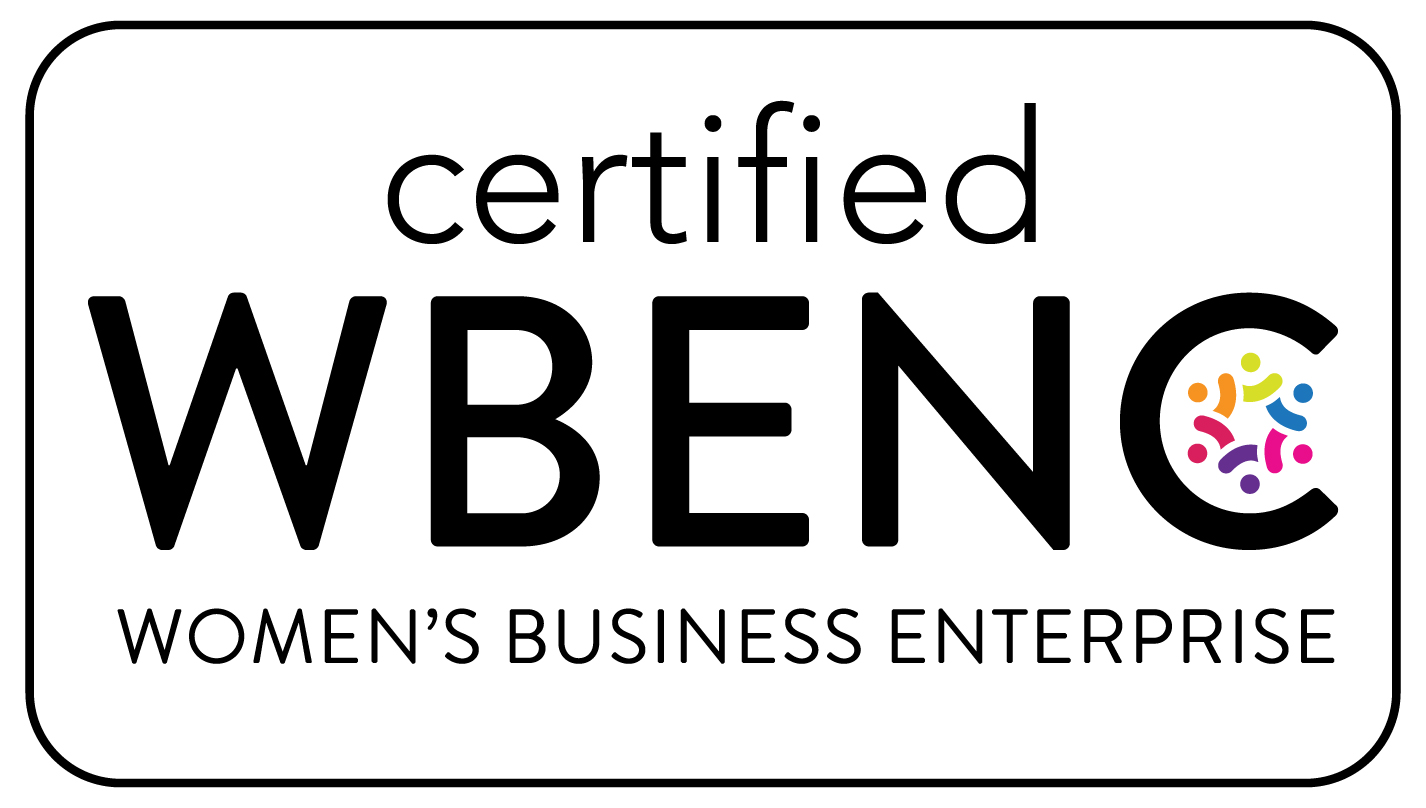Background
A boutique defense firm was in a discovery standoff with opposing counsel. Opposing counsel refused to produce hyperlinked Google Docs embedded in Gmail, arguing they were not attachments and could not be tied to parent emails. The judge ordered the parties to return with specific protocol language that addressed hyperlinks.
The Problem
The firm faced two hurdles.
- Unsettled law. Early cases such as Nichols v. Noom (S.D.N.Y. 2021) suggested hyperlinks were not attachments, while newer rulings, including In re Uber Techs., Inc. Passenger Sexual Assault Litig. (N.D. Cal. 2025), were moving the other way.
- Technology gaps. Google Mail could reliably deliver current versions, but not the contemporaneous versions the firm knew would matter for liability and damages.
As the partner later put it, they were worried they would either overpromise to the court what current technologies permitted or concede ground they did not need to.
How The Firm Used Minerva26
Within days, the firm used Minerva26 to assemble a defensible and practical strategy.
Case Law Database
- Surfaced a clear line of authority from Noom to StubHub to Uber.
- Identified that in the Uber decision, Judge Cisneros endorsed a rolling request process permitting 50 hyperlinks at a time and counting all versions of a single document as ten.
- Provided a proportionality framework the firm could use directly in negotiations and in front of the court.
Managing Hyperlinked Files Checklist
- Provided practical steps they could drop into the ESI protocol.
- Required a metadata flag such as #HasHyperlink set to Yes or No so reviewers could reliably spot links even without a traditional parent child relationship.
- Included a good cause amendment if Vault, Purview or Gmail could not deliver contemporaneous versions so no one promised what the tools could not do.
- Directed the team to document missing links in a Link Exception Log so there was a clear record for the court when a target could not be restored.
Academy Sessions
- Clarified the technical limits that actually matter in motion practice.
- Explained Google Mail’s lack of true contemporaneous capture.
- Highlighted Microsoft Purview’s point in time restore as an E5 only feature.
- Reinforced why retention policies must be enabled before litigation to be meaningful.
The Outcome
The firm returned to the negotiating table with a concrete plan that matched both the law and the technology.
- The court adopted their rolling request and versioning proposal nearly verbatim.
- Opposing counsel was ordered to produce point in time Google Docs where feasible, and to provide current versions plus logs where contemporaneous versions could not be retrieved.
- The Link Exception Log undercut accusations of bad faith when certain links could not be restored because of permissions or third party control.
Impact
Instead of being boxed in by opposing counsel’s framing, the boutique firm shaped the approach to hyperlinked files. They avoided a preservation trap, narrowed scope to something manageable, and created a record that explained the limits of the tools without undermining their credibility.
The Partner Summed it up:
“In 48 hours, we went from unsure to setting the terms of the protocol. Minerva26 gave us the case law, the checklist, and the sequence of moves.”
Minerva26’s Role
In this matter, Minerva26 did not replace counsel’s judgment. It supplied cited rulings, practical checklists, and workflow patterns for systems such as Gmail, Google Drive, and Purview. The team used that foundation to draft protocol language, design a request structure, and document exceptions in a way the judge could follow. The result was a discovery plan that aligned with existing authority and reflected how the underlying tools actually behave.
To see how Minerva26 supports hyperlink disputes and other modern ESI issues, and to view additional cited examples, visit minerva26.com.


